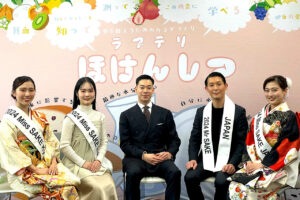
PR
In Kyoto, November 1, 2008, commemorating the millennium of The Tale of GenjiClassics Day."and proclaimed. Every year, events related to the classics are held on this day, and it has become completely popular. So this time, I went back to "Nihon ryoiki" and "Konjaku monogatari shu" to look for other worlds in the classics. Many of the tales are set in Kyoto and the surrounding area.
In the midst of all this, I had the opportunity to visit Yamashiro-cho, Kizugawa City, located in the southern part of Kyoto Prefecture.Kanimanji TempleI stopped by theA temple of the Shingon sect of Buddhism, known for the spiritual tale of "Crab's Return," which appears in the Reiki, Konjaku, and other legends.The first is.
Get off at Tanagura Station on the JR Nara Line and walk through pleasant countryside that retains the atmosphere of the old days, crossing the Tenjin River to the destination, Kanimanji Temple.
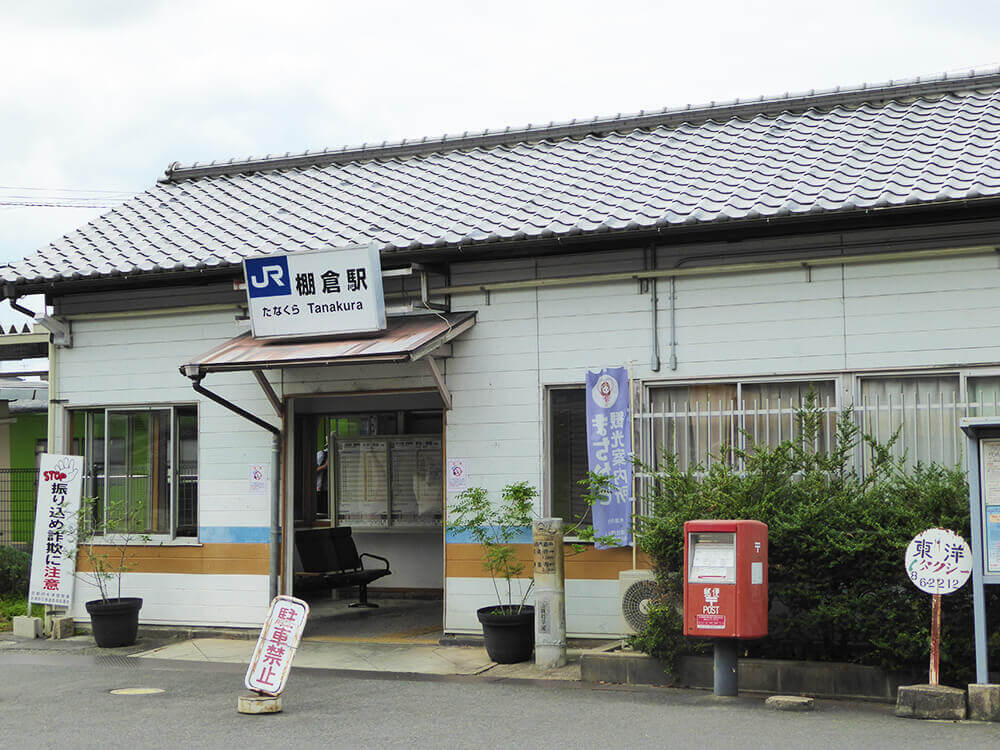
Tanagura Station
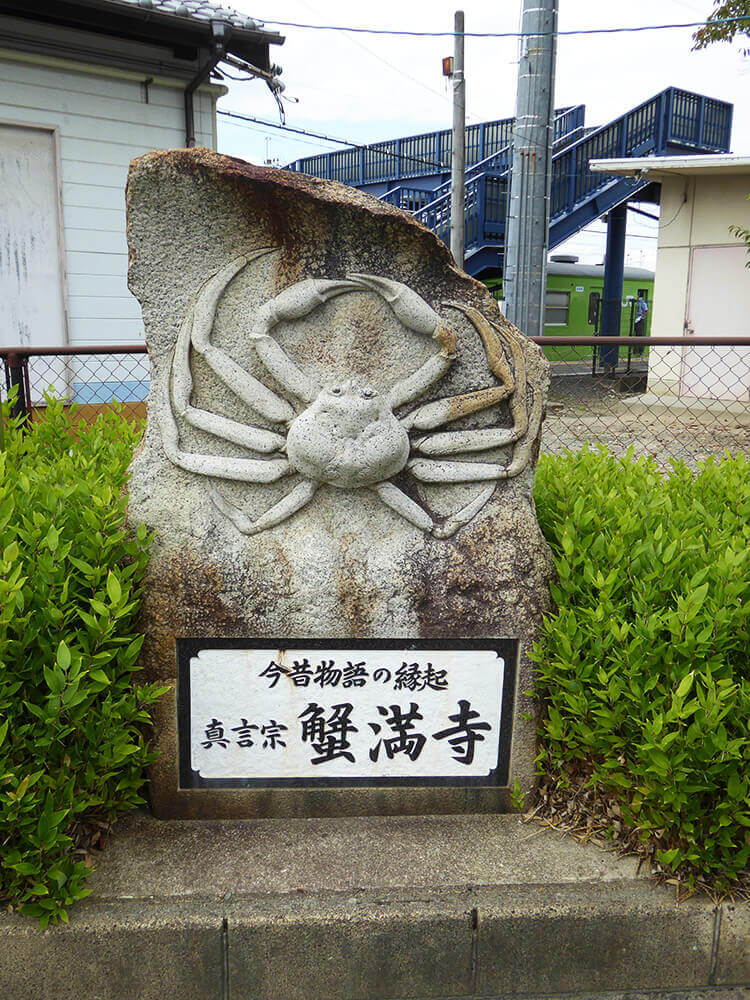
Stone monument marking Kanimanji Temple in front of Tanagura Station
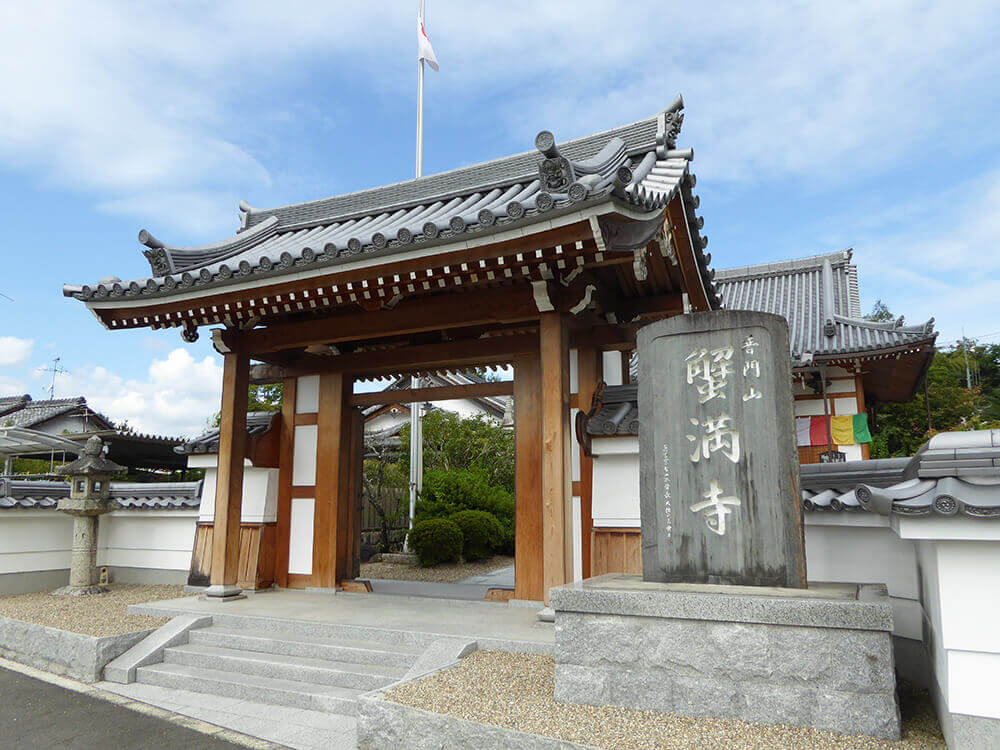
Chinese temple dedicated to Cancer (3rd zodiacal sign)
The main image of Shakyamuni Buddha, a masterpiece from the Hakuho period (710-794) and designated as a national treasure, is on the toadstool of the main hall, where a memorial service was held in 2010! The design of the crab and lotus flower in one is lovely and shows how deep the connection between this ancient temple and the crab is.
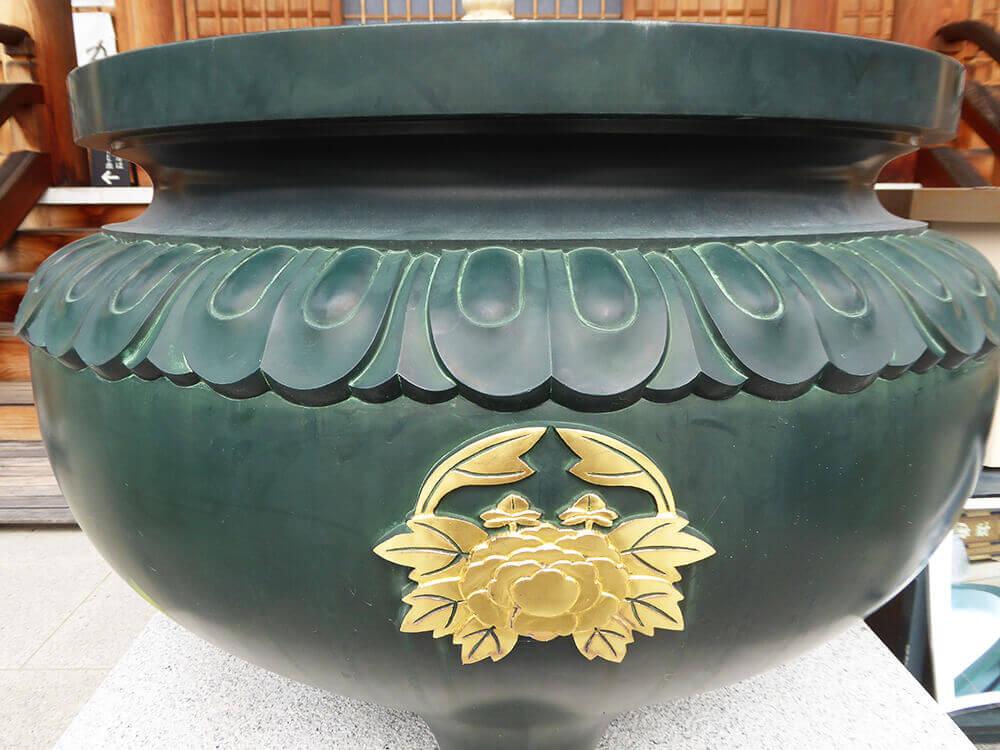
Crab emblem on the evergreen incense burner at the Crab Man Temple
handed down in that temple.The Crab's Back."According to the differentiki, the spiritual story of the
There was a pious father and daughter in Yamashiro Province. One day, the daughter rescued a crab caught by the villagers and let it escape. The father also found a frog about to be swallowed by a snake and saved it, promising to give the daughter in marriage.
That night, a respectable man comes to visit, wanting to have his daughter. The man was a snake. The father and daughter asked the man to wait for a moment and returned him to their home, and while he was waiting, they put a board on the building and stayed inside to recite the Fumonponjutsu of the Kannon Sutra.
Once again, the man who came to the house is angry that he was promised differently, and begins to rampage back into the form of a snake. After the noise subsided and dawn broke, the father and daughter went out of the house to find the snake dead, cut to pieces here and there by the crab's scissors. The crab, which had saved their lives, had killed the snake for the daughter.
As for the folktale of Kizugawa City, it is handed down as before, but in "Nihon ryoiki," the original story, it is told as "the story of a crab and a frog whose lives were bought and released, and who were saved by the crab in this world, story No. 12," where a daughter saved eight crabs and a big frog, and the eight crabs cut the snake to shreds.
This episode of the crab in Yamashiro Town, which is passed down throughout the country, saves a frog from a snake, and the frog returns the favor.The story of the "snake-in-arms tale" spread to many parts of the country as the origin of the tale.I also ask.
In the precincts of the temple, there was a sign that read, "Even though I am a crab without enlightenment, if I receive a favor, I will repay the favor.
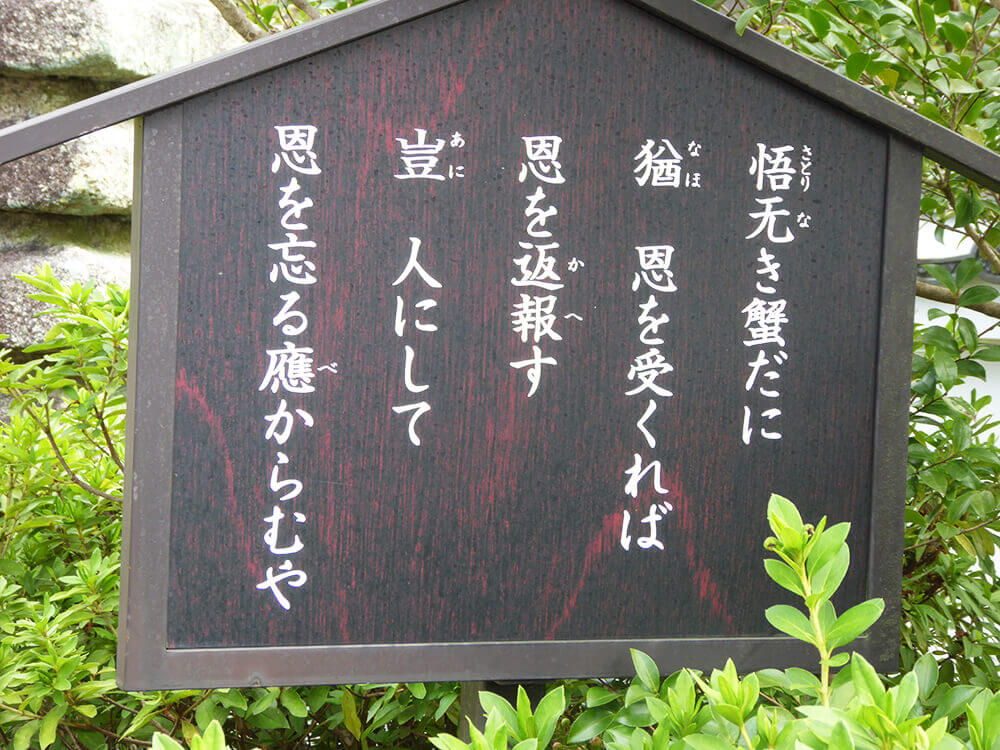
A sign in the precincts of the temple
From these anecdotes, Buddhist teachings must have spread widely. However, the sea is far from the Yamashiro area. The land is said to be rich in water, so I wonder if the model for this spiritual experience was the Sawagani crab.
The daughter in the anecdote is said to have received the blessings of the goddess Kannon, who is said to be the principal deity of Kaniman-ji Temple. The dead snake was buried with the crab, and a hall was built on the site. It is said that this was the beginning of Kaniman-ji Temple.Once a person dies, they are buried together without regard to whether they are friend or foe, which is typical of temples and very Japanese.
The "Crab's Return" continues to be loved in the Yamashiro area. Many folklore and legends, such as Iruikon-in-tan (interracial marriage tale), closely relate things from the other world to people.In the past, the other world was probably more accessible than it is today.
It was a small walking trip that made me feel closer to the legends of the other world by experiencing the classics and actually walking in the places where they were set.
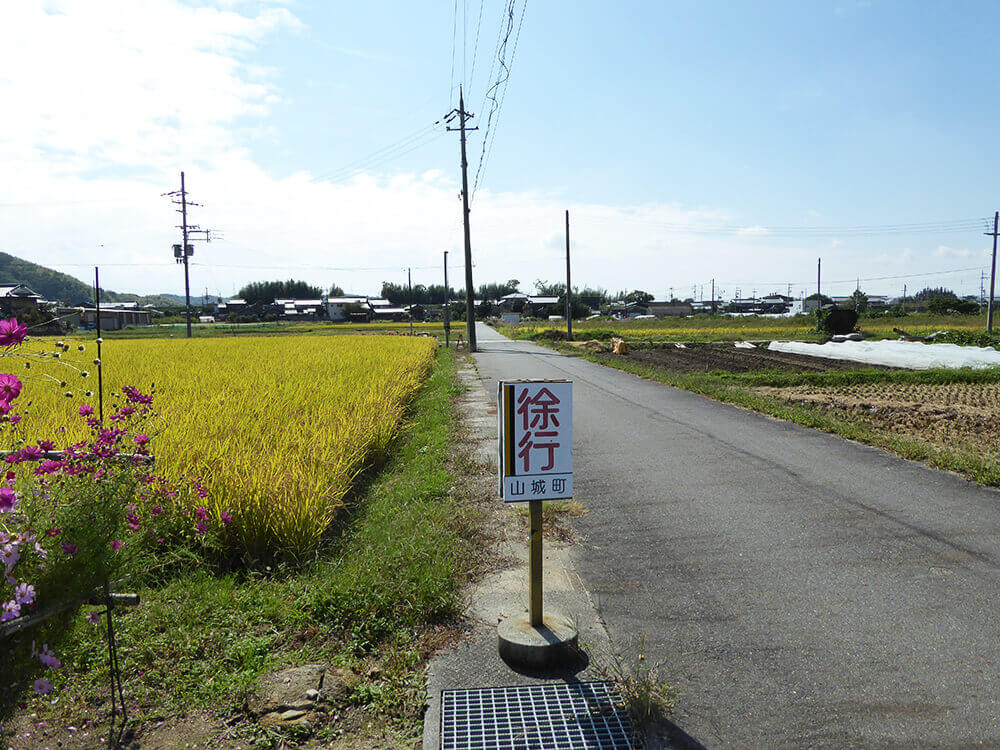
Rural landscape of Yamashiro-cho, Kizugawa City
Tradition that exists everywhere in the city of Kyoto. It is not just a picture, it is secretly alive in this modern age and continues to coexist with people. The two of Office TO, who previously wrote a series of articles "Kyoto's Demon World Exploration" in the monthly magazine Leaf, explore the mysterious "different" world of Kyoto, which was created over 1200 years. I will unravel the story while actually visiting the place. .
 News
News Feature article
Feature article Featured event
Featured event